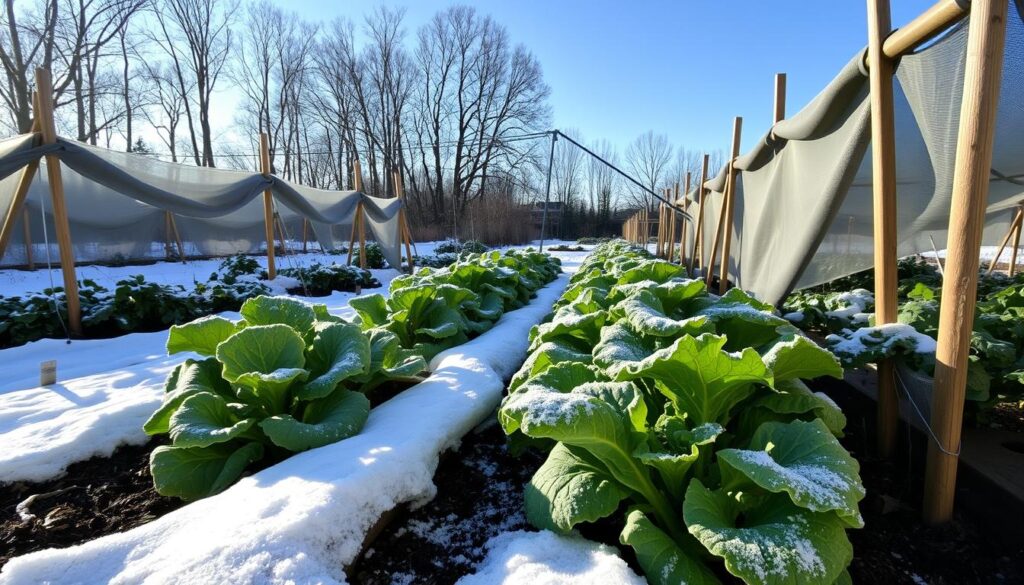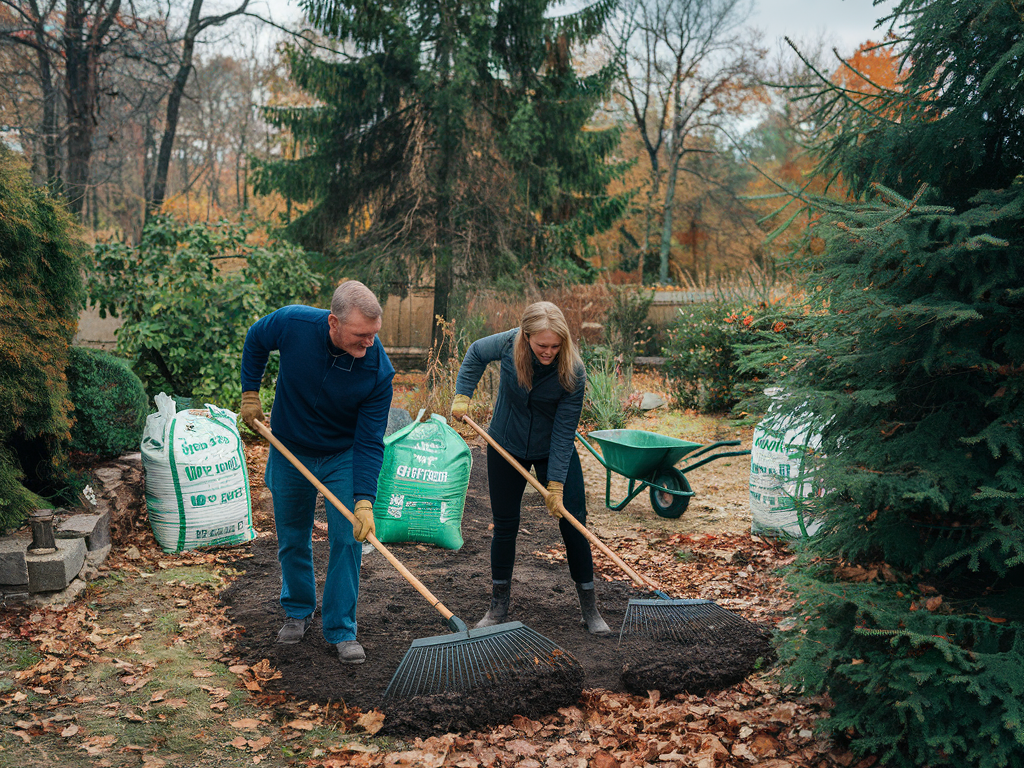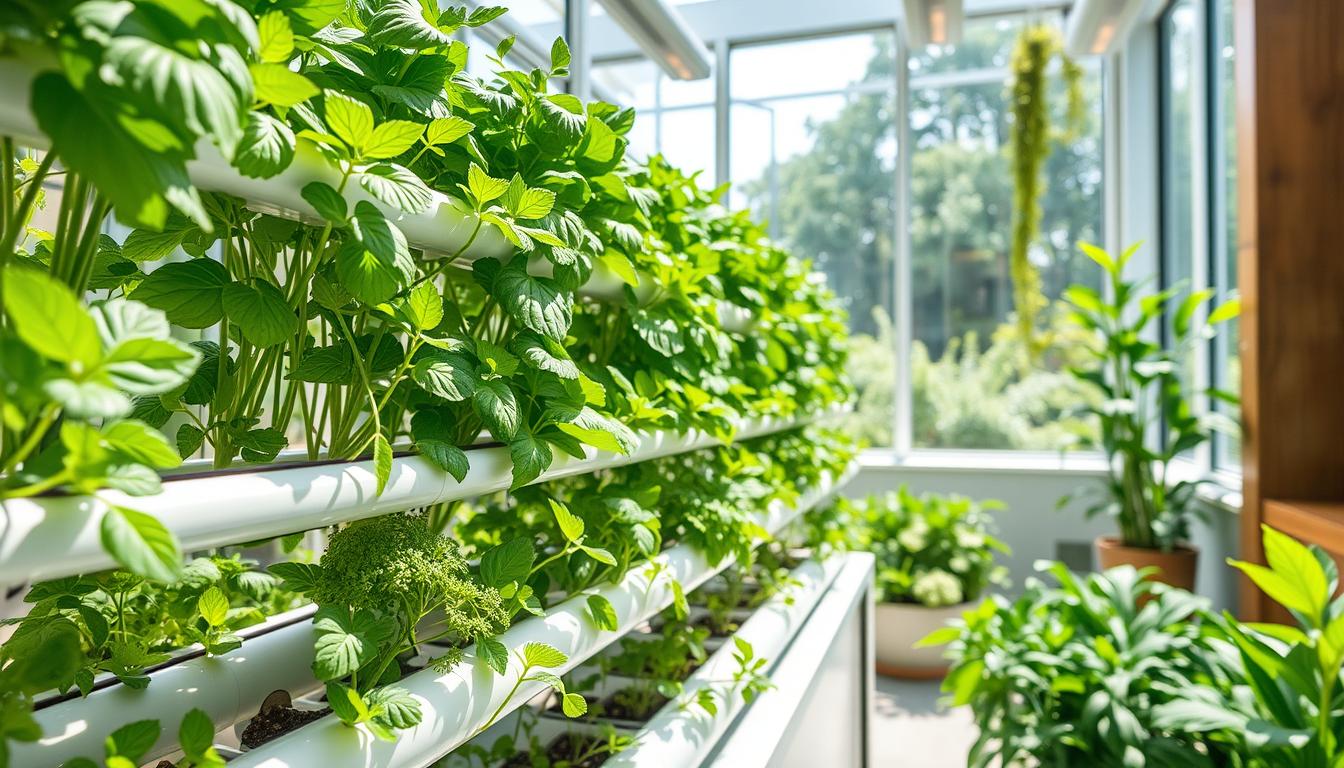
Vegetables to Plant in December – Winter Growing Guide
So, it’s chilly or about to be, right?
As the calendar turns to December and winter descends upon many regions, gardening enthusiasts might think it’s time to pack up their tools and put their plans on hold. However, December can be an ideal month to plant certain vegetables that thrive in cooler temperatures. With the right preparations and an understanding of which vegetables to plant in December, you can enjoy a fruitful harvest even in the midst of winter. This winter growing guide will explore the hardiest crops that can be sown this month, ensuring your garden remains vibrant and productive even during the coldest months of the year. Whether you’re aiming for a robust winter garden or simply want to get a jumpstart on your spring planting, there are plenty of options to consider—let’s dig in!
Any affiliate links serve to maintain this blog. Parts of the post were AI assisted.
Getting Started with Winter Vegetable Gardening
As the holiday season comes, many gardeners start thinking about winter gardening. It’s important to pick the right winter gardening tools and know your USDA hardiness zone. You also need to learn about soil preparation. With the right steps, you can have a great winter harvest, even when it’s cold.
Essential Tools for Winter Growing
Having the right tools is key for a successful winter garden. You’ll need:
- Sturdy gloves to keep your hands warm
- A reliable soil thermometer to check temperatures
- Frost blankets or row covers for frost protection
- A good garden fork or spade for soil preparation
- A hoe or cultivator to fight weeds
Understanding Your Growing Zone
It’s vital to know your USDA hardiness zone for picking the best veggies. This map shows which plants will do well in your area. Picking cold-hardy varieties for your zone boosts your winter harvest chances.
Soil Preparation Basics
Soil prep is a big step before planting winter veggies. Start by adding compost or manure to improve soil. Test your soil’s pH to make sure it’s right for winter crops. With good soil preparation, your plants will grow well.
“The key to successful winter gardening is preparation. By equipping yourself with the right tools and understanding your growing conditions, you can enjoy a bountiful harvest even in the colder months.”
Best Vegetables to Plant in December
Winter is coming, and it’s time to plan your cold-tolerant vegetable garden. December is great for starting your winter crops. Many frost-resistant plants do well in the cooler weather. This guide will show you the best vegetables to plant in December for a great winter harvest.
Leafy Greens
Kale, spinach, and Swiss chard are top picks for December. These cold-tolerant vegetables can handle frost and even light snow. They give you a steady supply of greens all winter.
Root Vegetables
- Carrots
- Beets
- Turnips
- Radishes
These winter crops love the cool soil. They’re perfect for December because they’re hardy. Make sure to pick frost-resistant plants for the cold weather.
Brassicas
- Broccoli
- Cauliflower
- Brussels sprouts
The cold-tolerant vegetables in the brassica family are great for December. They can handle the cold and give you a big harvest in the spring.
When planting your winter crops, choose frost-resistant plants for your zone. Also, get your soil ready. With the right planning and care, your garden will thrive all season.
Indoor vs Outdoor Winter Growing Methods
Gardeners have two main choices for winter vegetable gardening: indoor or outdoor methods. Each has its own benefits and things to consider. The best choice often depends on your space, climate, and the crops you want to grow.
Greenhouse Growing Tips
Growing veggies in a greenhouse lets you grow longer and protect plants from harsh winter weather. Here are some tips for greenhouse gardening:
- Choose cold-hardy veggies that do well in greenhouses.
- Make sure your greenhouse is well-insulated and has the right temperature.
- Use extra lights to make up for less daylight in winter.
- Keep air moving to prevent disease and keep plants healthy.
Cold Frame Techniques
Cold frames are simple, affordable ways to grow veggies outside in winter. They trap heat and protect plants from the weather. Here’s what to consider for cold frames:
- Find a spot with enough sunlight.
- Use materials and design that keep in heat well.
- Check and adjust vents to keep the right temperature.
- Use extra insulation or coverings for very cold days.
Indoor Container Gardens
Indoor container gardens are great for small spaces or very cold areas. Here’s how to start an indoor garden:
- Pick small, space-saving veggies.
- Make sure plants get enough light, or use grow lights.
- Use soil that drains well and is full of nutrients.
- Water and fertilize plants carefully.
Knowing the pros and cons of each method helps gardeners choose the best way to grow in winter. Whether it’s a greenhouse, cold frames, or indoor containers, there’s a way to garden all year.
| Growing Method | Advantages | Challenges |
|---|---|---|
| Greenhouse Gardening |
|
|
| Cold Frame Gardening |
|
|
| Indoor Container Gardening |
|
|
“Successful winter gardening is all about finding the right balance between protecting your plants and providing them with the resources they need to thrive.”
Cold-Hardy Root Vegetables for Winter
As winter gets closer, gardeners can focus on hardy vegetables that grow well in the cold. These cold-hardy root crops help extend the harvest into the cold months. They offer a rich source of tasty and healthy food.
Carrots, parsnips, beets, and rutabagas are great for winter gardens. These cold-hardy varieties can handle tough weather and keep growing as it gets colder.
- Carrots: A classic winter staple, carrots are remarkably cold-tolerant and can be harvested throughout the season. They thrive in well-drained, nutrient-rich soil and benefit from a layer of mulch to protect the roots.
- Parsnips: These underground vegetables have a sweet, earthy flavor that becomes more pronounced after being exposed to frost. Parsnips can be left in the ground and harvested as needed, even in the midst of winter.
- Beets: A versatile winter root crop, beets excel in cool weather and can be grown for both their roots and greens. They prefer slightly acidic soil and can be harvested throughout the season.
- Rutabagas: Also known as “Swedes,” rutabagas are a hardy frost-resistant vegetable that can withstand freezing temperatures. They have a distinctive, slightly sweet flavor and can be roasted, mashed, or added to soups and stews.
When planning your winter root crop garden, consider each vegetable’s specific needs. Make sure your soil is ready to support their growth. With proper care, these cold-hardy varieties will give you a rich harvest all season.
| Vegetable | Planting Time | Harvest Time | Soil Requirements |
|---|---|---|---|
| Carrots | June-August | October-March | Well-drained, sandy loam |
| Parsnips | May-June | October-April | Deep, rich, and slightly acidic |
| Beets | June-August | October-April | Slightly acidic, well-drained |
| Rutabagas | June-July | October-March | Fertile, well-drained |
Adding these winter root crops to your garden means a flavorful harvest all winter. Their ability to resist frost and adapt to different conditions makes them essential for winter gardening.
Winter-Resistant Leafy Greens Guide
When it gets cold and frosty, keeping your garden green can seem tough. But don’t worry, gardeners! With the right plants and a bit of care, you can have a garden full of fresh greens all winter.
Protecting Leafy Vegetables from Frost
Keeping your greens safe from frost is a big challenge. Frost-tolerant lettuce, cold-weather spinach, and tough kale varieties can handle the cold. But they still need some protection. Use row covers, cold frames, or straw to keep them warm.
Best Varieties for Cold Weather
- Arugula: A peppery, cold-hardy green that thrives in cooler conditions.
- Kale: Robust kale varieties like Siberian and Red Russian maintain their flavor and texture even in the coldest months.
- Spinach: Cold-weather spinach such as Olympia and Tyee stand up to frost and low temperatures.
- Winter greens: Collards, mustard greens, and Swiss chard are all excellent winter greens that can handle the chill.
When you plan your winter garden, pick these hardy, frost-resistant greens. They’ll keep your garden fresh and full of flavor all winter.
“A well-planned winter garden can provide a bounty of fresh, nutrient-dense greens long after the summer harvests have faded.”
Protecting Your Winter Garden from Extreme Weather
Keeping your winter garden safe from harsh weather is key to a good harvest. Whether you’re growing veggies that can’t handle frost or hardy root crops, the right protection is crucial. It helps your plants stay healthy through the cold months.
Winter mulching is a great way to protect your garden. Use organic materials like straw, leaves, or wood chips around your plants. This keeps the soil warm and protects the roots from freezing. It’s a simple trick that can really help your winter crops survive.
Row covers are another essential tool for winter gardeners. These lightweight, breathable fabrics shield your plants from frost, wind, and snow. They let your plants keep growing even when it’s very cold. Make sure to pick the right material and weight for your garden.
Adding cold frames or greenhouses to your garden can offer extra protection. These structures create a warm spot for your plants. They let you grow more types of cold-weather crops for longer.
Don’t forget, frost protection is vital for a successful winter garden. By using these methods, you’ll enjoy a rich harvest, even in very cold weather.

“The secret to successful winter gardening is understanding the importance of protecting your plants from the elements.”
| Protection Method | Benefits |
|---|---|
| Winter Mulching | Insulates soil, protects roots from freezing |
| Row Covers | Creates a barrier against frost, wind, and snow |
| Cold Frames | Extends growing season, protects plants from extreme cold |
| Greenhouses | Provides a controlled environment for growing a wider variety of cold-weather crops |
Soil Management and Winter Fertilization

As winter gets closer, it’s important to take care of your soil and fertilize your garden. This helps your plants grow well. Keeping your soil in good shape is key for a successful winter garden.
Organic Fertilizer Options
Chemical fertilizers aren’t the best for winter. Instead, choose organic fertilizers that feed the soil slowly. Good choices include:
- Compost – It makes the soil better and adds nutrients.
- Aged manure – It has all the nutrients your winter crops need.
- Bone meal – It’s full of phosphorus, which helps roots and flowers grow.
- Blood meal – It’s packed with nitrogen, which makes leaves strong.
pH Balance for Winter Growing
Soil pH is very important for your winter garden. Most winter veggies do best in slightly acidic soil, between 6.0 and 6.8. Use a soil test kit to check your soil’s pH. If it’s too high or low, add lime or sulfur to fix it.
Mulching Techniques
Mulching keeps the soil warm, moist, and weed-free. Use organic mulches like straw, leaves, or wood chips. They improve the soil as they break down. Just make sure the mulch doesn’t touch the plant stems to avoid rot.
With these soil care and fertilization tips, your garden will do great even in the cold. Healthy soil is the base for a rich winter harvest.
Winter Pest Control and Disease Prevention
As winter comes, gardeners must watch out for pests and diseases that love the cold. Understanding and using organic pest control is key to a good harvest. This helps protect your winter crops.
Aphids are a big problem in winter. These tiny insects suck sap from plants, harming them. To fight them, use organic soaps or introduce ladybugs to your garden.
- Aphids
- Cabbage worms
- Cutworms
- Slugs and snails
Cold weather also makes plants more likely to get sick. Diseases like powdery mildew and root rot can harm plants. Keep your garden clean, ensure good air flow, and use organic fungicides when needed.
“The key to successful winter gardening is staying one step ahead of the pests and diseases that can thrive in the cooler temperatures,” says gardening expert, Emily Green.
Using organic pest control and prevention can keep your winter crops safe. With careful planning and the right methods, your harvest will be plentiful. Your efforts will be worth it.
Harvesting Tips for Winter Vegetables
As winter comes, knowing when and how to harvest your cold-weather crops is key. The right harvesting methods help keep your winter veggies fresh and tasty. This way, you can enjoy them for a long time after you first pick them.
Storage Methods
Keeping your winter veggies fresh is crucial. You can store them in root cellars, cool basements, or fridges. For example, carrots, beets, and parsnips do well in moist sand or sawdust.
Leafy greens and herbs might like damp paper towels or bags with holes. The right storage conditions, like temperature and humidity, help them last longer.
When to Harvest
Harvesting at the right time is important for winter veggies. Crops like kale, Brussels sprouts, and turnips get sweeter after frost. Watch your plants closely and pick them when they’re at their best, usually in the cooler months.
Some veggies, like broccoli and cauliflower, need to be picked before the first hard freeze. Knowing when your winter veggies are ready ensures a great harvest.






-
-
5 months
Tagged Bringing Plants Indoors, Houseplant Winter Care, Indoor Plant Maintenance, Winter plant care, Winter Plant Survival